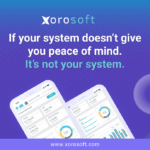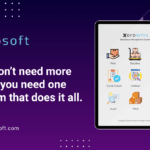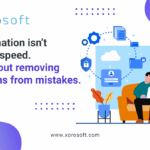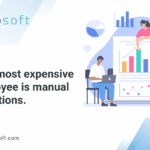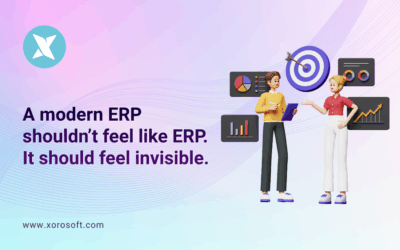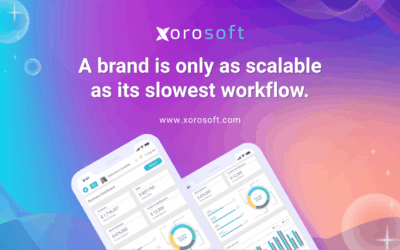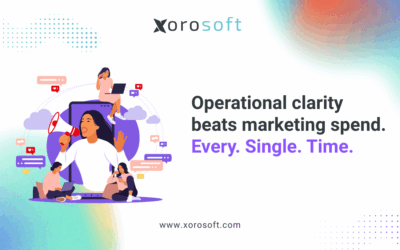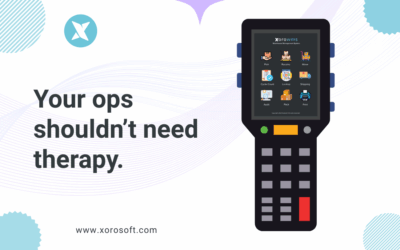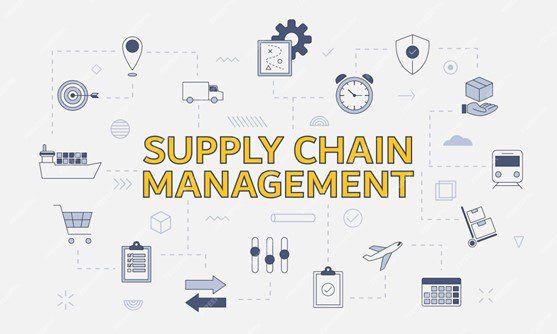
Introduction to supply chain performance
Supply chain management plays a crucial role in the success of any business. Effective management of the flow of goods, information, and finances across the entire supply chain is essential for optimizing performance and staying competitive in today’s fast-paced business environment. In this article, we will explore the key role of an ERP (Enterprise Resource Planning) system in logistics and demand forecasting, and how it can help businesses maximize their supply chain performance.
The role of an ERP system in logistics
Logistics is an integral part of the supply chain, involving the planning, execution, and control of the movement and storage of goods and services. An ERP system provides a comprehensive platform that integrates various logistical functions such as transportation management, warehouse management, and order fulfillment. By centralizing these processes, an ERP system enables businesses to streamline their operations, improve efficiency, and reduce costs.
One of the key advantages of an ERP system in logistics is the ability to automate manual tasks and eliminate redundancies. For example, through automated order processing and real-time inventory tracking, businesses can ensure accurate and timely delivery of products, minimizing delays and customer dissatisfaction. Additionally, an ERP system provides visibility into the entire logistics process, allowing businesses to identify bottlenecks, optimize routes, and make informed decisions based on real-time data.
Understanding demand forecasting in supply chain management
Demand forecasting is a critical aspect of supply chain management that involves predicting customer demand for products or services. Accurate forecasting helps businesses optimize inventory levels, plan production schedules, and ensure timely availability of products to meet customer demand. An ERP system plays a vital role in demand forecasting by providing businesses with the necessary tools and data to make accurate predictions.
By integrating data from various sources such as sales history, customer trends, and market analysis, an ERP system can generate accurate demand forecasts. These forecasts help businesses make informed decisions about production, procurement, and inventory management. For example, if a demand forecast indicates an upcoming spike in sales, businesses can adjust their production schedules and stock levels accordingly, avoiding stockouts or excess inventory.
The benefits of using an ERP system for demand forecasting
Implementing an ERP system for demand forecasting offers several benefits for businesses. Firstly, it improves forecast accuracy by leveraging advanced algorithms and statistical models to analyze historical data and identify patterns and trends. This allows businesses to anticipate demand fluctuations more accurately, reducing the risk of overstocking or understocking.
Secondly, an ERP system provides real-time visibility into demand patterns and customer behavior. This allows businesses to respond quickly to changes in the market and adjust their strategies accordingly. For example, if a particular product is experiencing higher-than-expected demand, an ERP system can trigger automatic reorder points and adjust production schedules to meet the increased demand.
Lastly, an ERP system enables collaboration and communication between different departments involved in the supply chain. By providing a centralized platform for data sharing and analysis, businesses can ensure that all stakeholders have access to the same information, facilitating better decision-making and coordination.
Introduction to Xorosoft ERP solution
Xorosoft is a leading provider of ERP solutions specifically designed for supply chain management. With its comprehensive suite of features and user-friendly interface, Xorosoft ERP empowers businesses to optimize their logistics and demand forecasting processes, thereby maximizing supply chain performance.
Key features of Xorosoft ERP for supply chain management
Xorosoft ERP offers a range of key features that enhance supply chain management. Firstly, it provides real-time visibility into inventory levels, allowing businesses to track and manage stock across multiple locations. This ensures optimal stock levels, reduces the risk of stockouts, and improves customer satisfaction.
Secondly, Xorosoft ERP streamlines order processing and fulfillment by automating manual tasks and providing real-time updates on order status. This helps businesses improve order accuracy, minimize shipping errors, and reduce lead times.
Thirdly, Xorosoft ERP offers advanced demand forecasting capabilities, leveraging sophisticated algorithms to analyze historical data and generate accurate forecasts. These forecasts help businesses optimize inventory levels, improve production planning, and meet customer demand more effectively.
Additionally, Xorosoft ERP integrates with other essential systems such as CRM (Customer Relationship Management) and SCM (Supply Chain Management) to provide a holistic view of the entire supply chain. This integration enables businesses to make more informed decisions, improve collaboration between departments, and achieve better overall supply chain performance.
How Xorosoft ERP streamlines inventory management
Inventory management is a critical component of supply chain performance. Xorosoft ERP simplifies inventory management by providing businesses with real-time visibility into stock levels, locations, and movement. This allows businesses to optimize inventory levels, reduce carrying costs, and avoid stockouts or excess inventory.
Furthermore, Xorosoft ERP offers advanced inventory control features such as barcode scanning, serial number tracking, and batch management. These features enable businesses to track individual items, ensure accurate stock counts, and maintain product traceability throughout the supply chain.
By automating inventory replenishment processes, Xorosoft ERP helps businesses optimize their procurement strategy and avoid stockouts. The system can generate automatic reorder points based on demand forecasts, supplier lead times, and desired safety stock levels. This ensures that businesses have the right amount of inventory at the right time, reducing carrying costs and improving overall supply chain efficiency.
The importance of accounting integration in supply chain performance
Accounting integration is a crucial aspect of supply chain performance. By integrating accounting functionalities with ERP systems, businesses can achieve seamless financial management across the entire supply chain. Xorosoft ERP offers robust accounting integration features, allowing businesses to track costs, manage budgets, and generate accurate financial reports.
Integrating accounting with supply chain management provides businesses with valuable insights into the financial impact of their logistics and demand forecasting decisions. This enables businesses to evaluate the profitability of different products, analyze cost drivers, and make informed decisions regarding pricing, discounts, and promotions.
Additionally, accounting integration ensures accurate and timely financial reporting, improving compliance with regulatory requirements and enhancing transparency. By automating financial processes such as invoicing, payment processing, and general ledger management, businesses can streamline their operations, reduce errors, and save valuable time and resources.
Choosing the right ERP system for your logistics and demand forecasting needs
Selecting the right ERP system for your logistics and demand forecasting needs is crucial for maximizing supply chain performance. When evaluating ERP solutions, consider factors such as the system’s scalability, flexibility, and ease of use. It is also essential to assess the vendor’s reputation, customer support, and the availability of industry-specific features.
Xorosoft ERP is an ideal choice for businesses looking to optimize their supply chain performance. With its comprehensive suite of features, user-friendly interface, and dedicated customer support, Xorosoft ERP can help businesses streamline their logistics and demand forecasting processes, improve efficiency, and achieve better overall supply chain performance.
Conclusion
In conclusion, an ERP system plays a key role in maximizing supply chain performance by streamlining logistics and demand forecasting processes. Through automation, real-time visibility, and advanced analytics, an ERP system enables businesses to optimize inventory management, improve order processing, and enhance collaboration between different departments. Xorosoft ERP, with its robust features and user-friendly interface, offers businesses a comprehensive solution for supply chain management. By leveraging Xorosoft ERP, businesses can achieve better overall supply chain performance, meet customer demands more effectively, and stay competitive in today’s dynamic market. To experience the benefits of Xorosoft ERP firsthand, book a demo with Xorosoft today.
